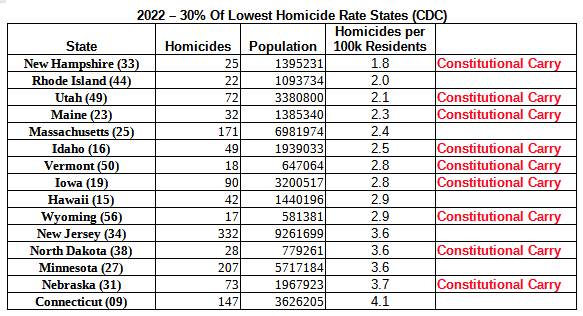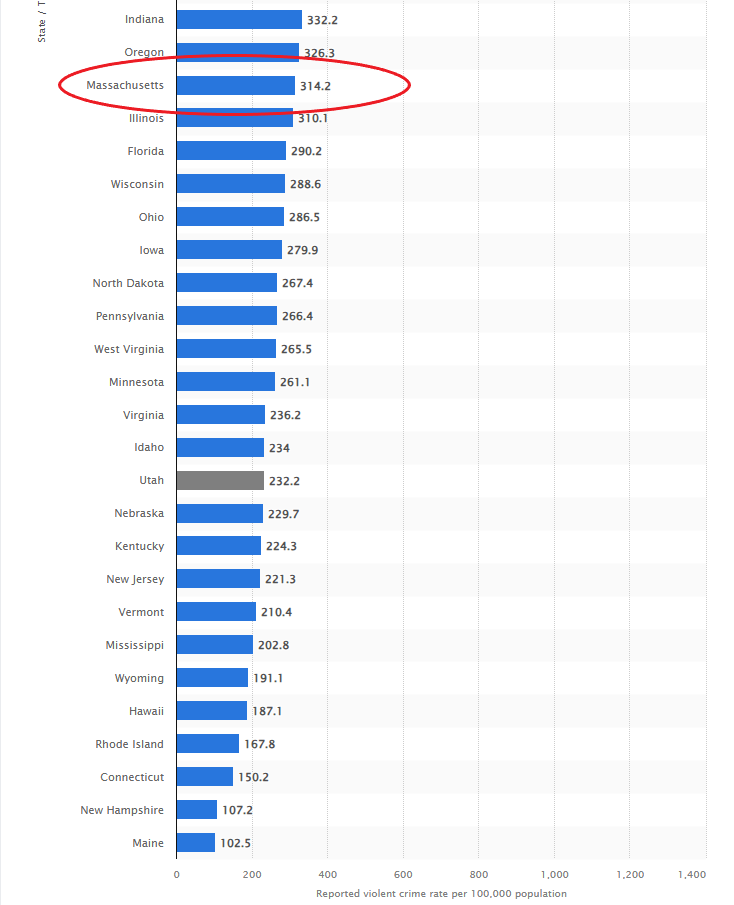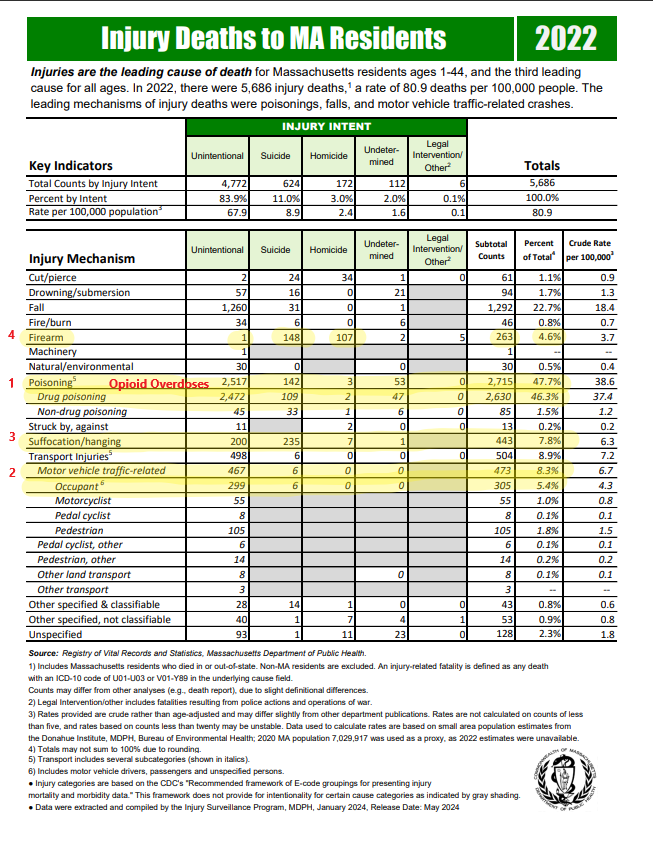Why Gun Control Laws May Not Work as Intended
They Don’t Stop Violent Crimes! They don’t make people safer.
Gun control laws are frequently proposed as solutions for reducing crime and curbing gun violence. Proponents argue that stricter regulations will prevent dangerous individuals from accessing firearms and lower the incidence of mass shootings and other violent acts. However, examining data from cities and states with the most stringent gun laws reveals that these measures often fall short of their goals. There is a profound disconnect in the logic that equates more gun laws with increased safety. Let’s explore why this approach might not be as effective as intended, considering examples from cities like New York, Chicago, and California, where tough regulations coexist with high crime rates. We will also discuss how broader societal issues such as mental health and economic conditions contribute significantly to violence.
1. The Disconnect Between Gun Laws and Crime Reduction
- Case Studies: New York, Chicago, and California:
- Chicago has some of the most stringent gun control laws in the country yet continues to report high levels of gun violence. A study by the University of Chicago Crime Lab highlighted that most guns used in crimes were acquired through illegal means, undermining the effectiveness of strict local laws (University of Chicago Crime Lab).
- New York enforces comprehensive regulations, including background checks and strict registration requirements. However, a report by the NYPD in recent years has shown persistent gun-related crimes, particularly in certain boroughs.
- California has some of the strictest gun laws in the U.S., including magazine capacity limits and ammunition background checks. Despite these measures, studies have pointed out that California remains among the states with significant rates of gun-related incidents (RAND Corporation).
- Rising Crime Amidst Tight Regulations: An analysis by the National Bureau of Economic Research found no consistent evidence that stricter gun laws lead to significant decreases in violent crime rates (NBER).
2. The Black Market and Illegal Firearms
- Unregulated Markets: The Bureau of Justice Statistics found that 43% of criminals obtained their firearms from illegal sources such as the black market, theft, or underground trading (Bureau of Justice Statistics).
- Trafficking Networks: A report from the ATF (Bureau of Alcohol, Tobacco, Firearms, and Explosives) pointed out that interstate gun trafficking continues to undermine localized regulations (ATF).
3. Unintended Consequences and Burdens on Law-Abiding Citizens
- Criminalizing the Law-Abiding: Overly restrictive laws can criminalize responsible gun owners who may unknowingly violate new regulations. For example, Massachusetts’ Chapter 135 now requires an LTC for semi-automatic shotguns and rifles, turning many of the 21,000 residents with only FID cards into potential felons (Massachusetts General Laws).
- Economic Disparities: A study by Harvard University highlighted that the cost of licensing, training, and compliance disproportionately affects lower-income populations, restricting their ability to own firearms for self-defense (Harvard Law Review).
4. The Role of Mental Health and Social Issues
- A Broader Problem: According to the National Institute of Mental Health, nearly one in five U.S. adults live with a mental illness, and mental health services remain underfunded in many states (NIMH).
- Prescription Drug Use: Research published in JAMA Psychiatry notes that approximately 28% of teenagers aged 12 to 19 are on some form of prescription or psychedelic drug, which can influence behavior (JAMA Psychiatry).
- Poverty and Prosperity: A report from the Brookings Institution shows that economic disparity correlates strongly with crime rates, reinforcing that focusing solely on gun control overlooks significant contributing factors (Brookings Institution).
5. Defensive Gun Use and Personal Safety
- Defensive Uses: The CDC has reported that firearms are used defensively by private citizens between 500,000 and 3 million times per year, showcasing their importance in self-defense scenarios (CDC).
- False Sense of Security: A study published in Criminology & Public Policy highlights that while strict gun laws create an appearance of safety, they may leave responsible citizens defenseless in critical moments (Criminology & Public Policy).
6. Alternative and More Effective Approaches
- Community-Based Solutions: The Johns Hopkins Center for Gun Policy and Research suggests that targeted community programs focusing on at-risk youth and conflict resolution can be more effective in reducing gun violence (Johns Hopkins Center for Gun Policy and Research).
- Enforcement of Existing Laws: The RAND Corporation’s comprehensive study on gun policy effectiveness points out that better enforcement of current laws, such as closing loopholes in background checks, is a practical way to reduce violence (RAND Corporation).
- Educational and Economic Investments: A report from the World Bank states that community investment in education and economic opportunities correlates with lower crime rates, highlighting that prosperous areas tend to experience less violence (World Bank).
Conclusion
The disconnect between more gun control laws and actual public safety is evident in the experiences of places like New York, Chicago, and California. Gun violence is a complex issue influenced by illegal markets, mental health, economic conditions, and social disparities. While gun laws may contribute to a broader framework of safety, they cannot be the sole solution. Addressing root causes, enhancing existing enforcement, and investing in community and mental health resources are essential to making meaningful progress in reducing violence. Understanding these limitations and adopting a multifaceted approach is crucial for crafting effective public policies that truly enhance safety and community well-being.
Share this and join us in advocating for comprehensive, effective, and fair solutions.


